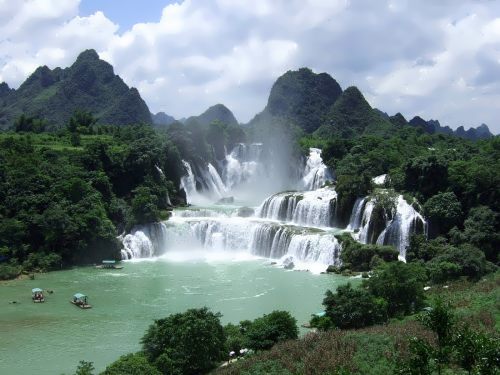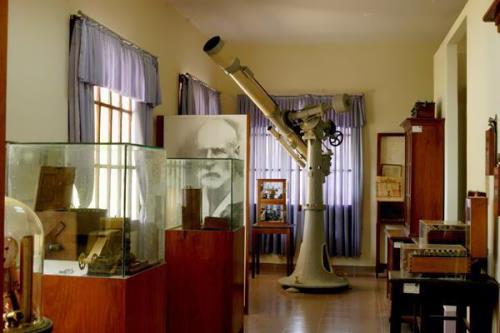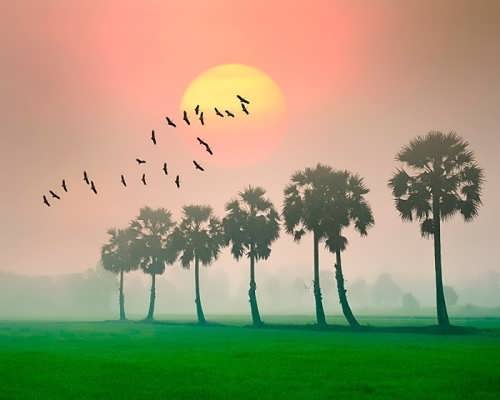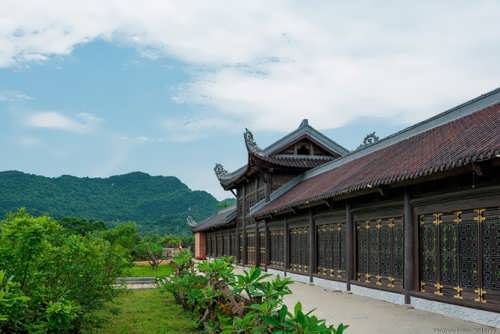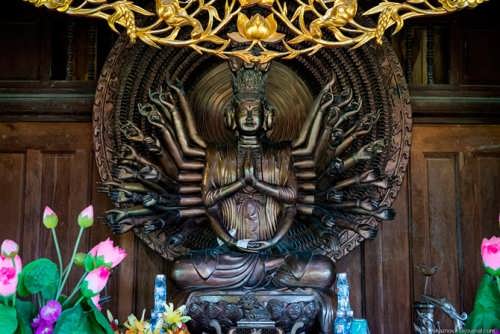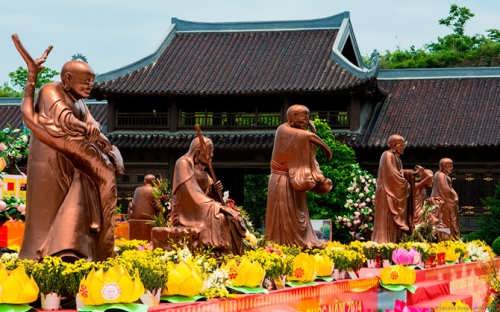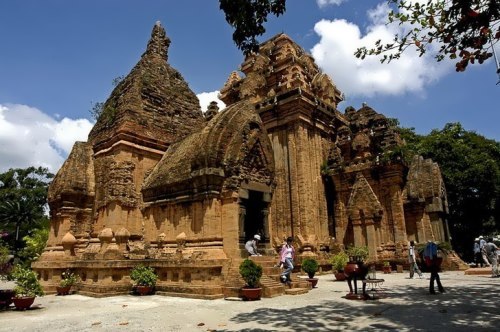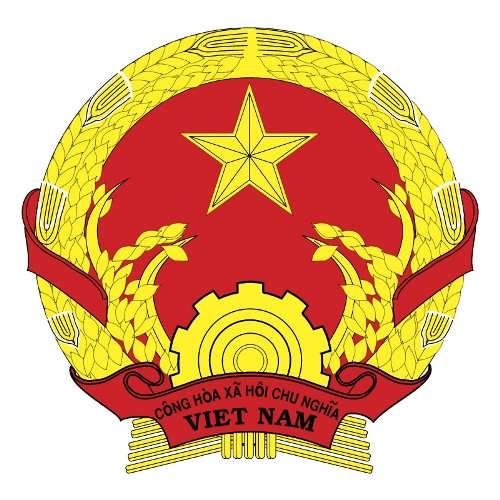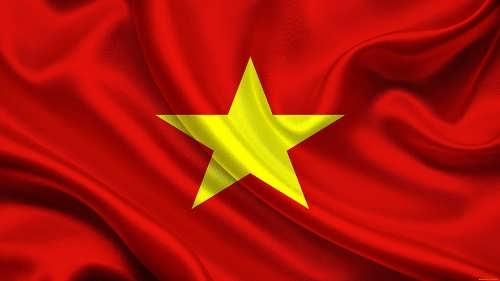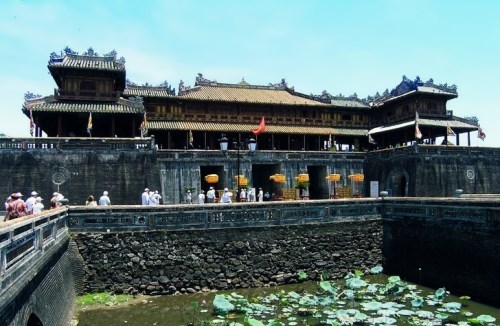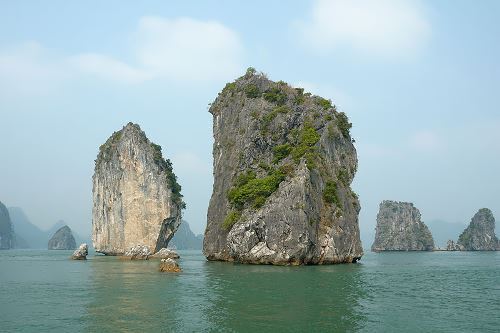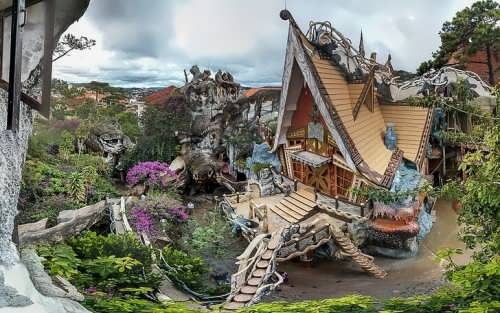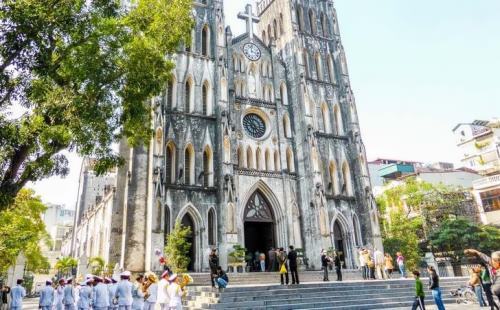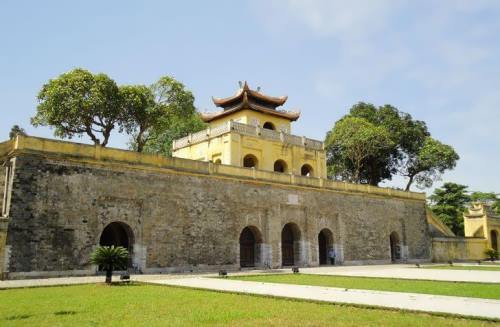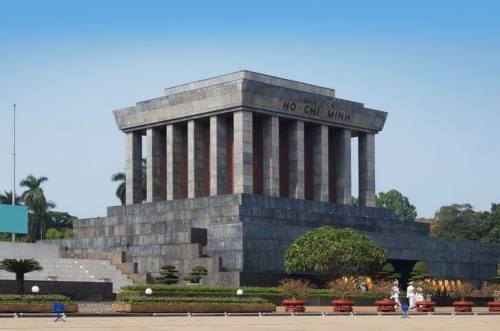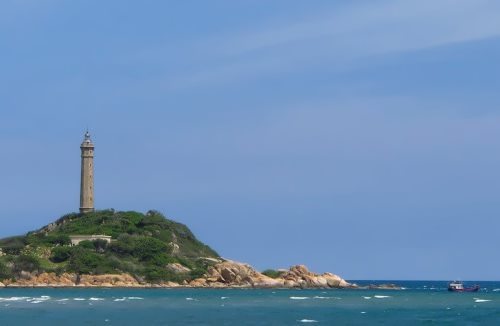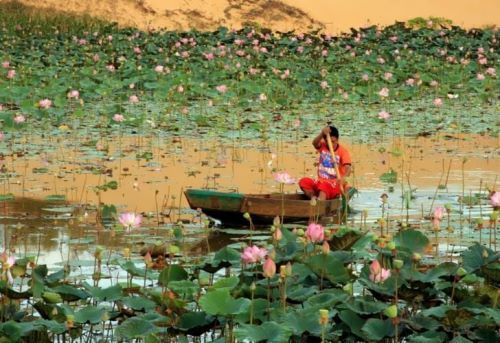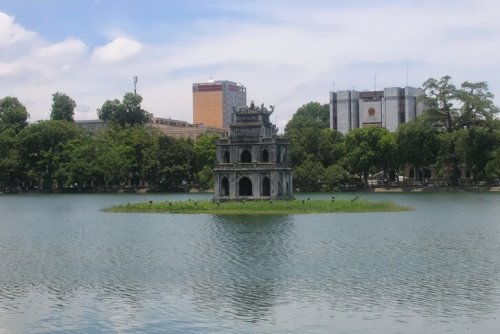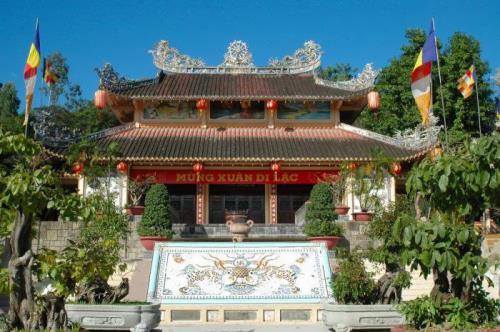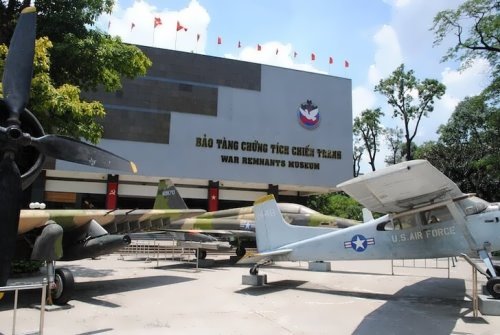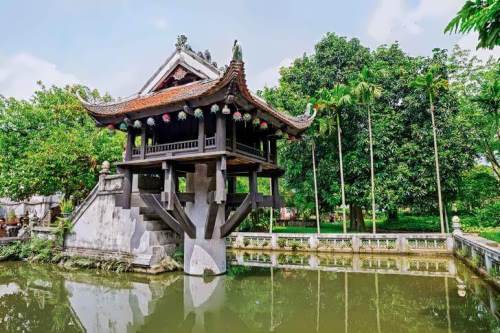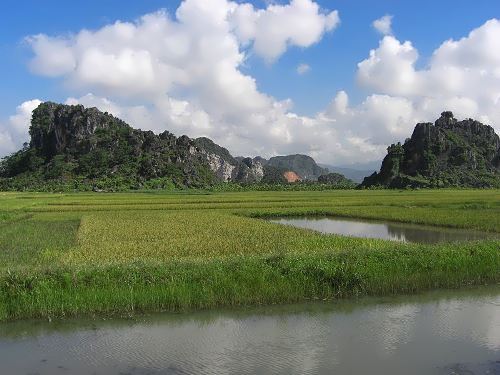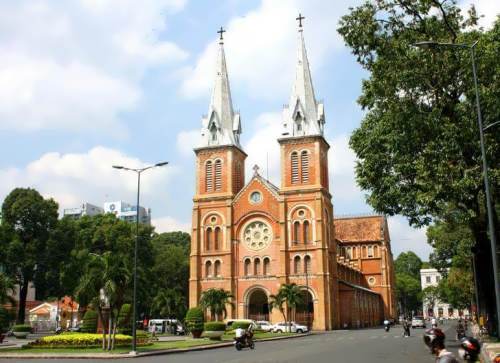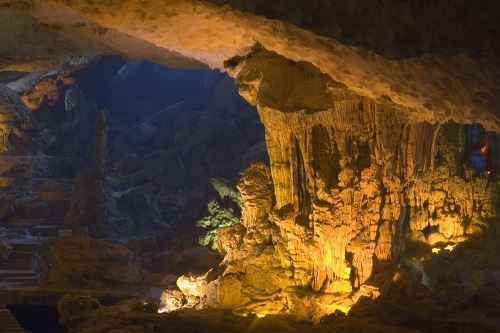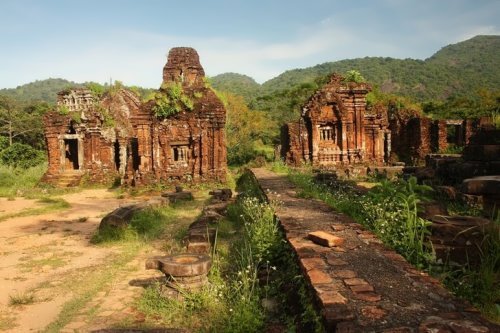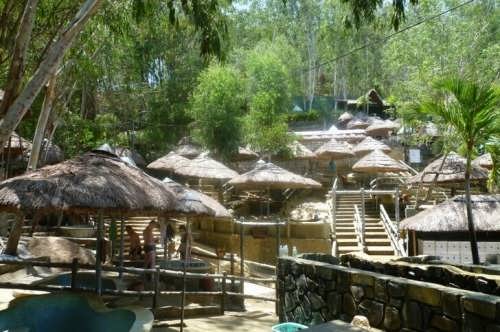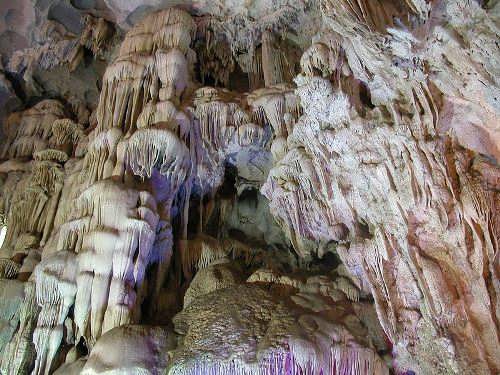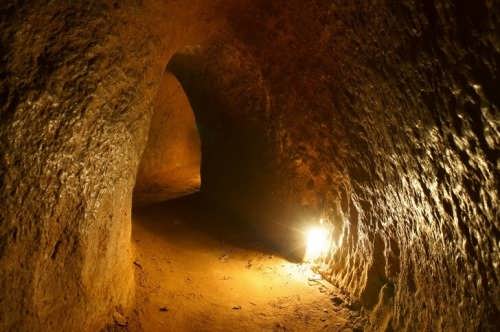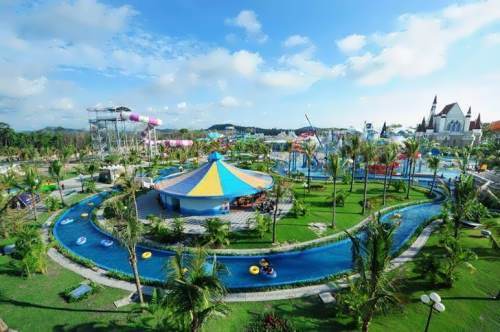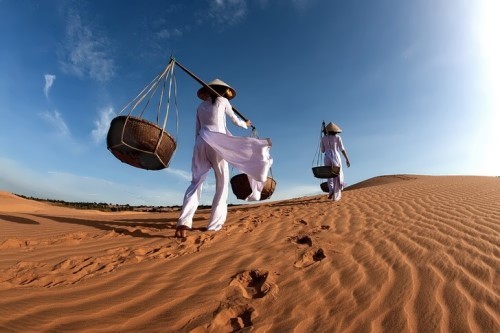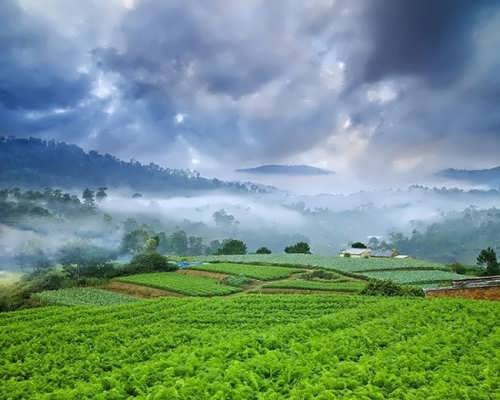Vietnam – North and South
The Socialist Republic of Vietnam is located in Southeast Asia and is made up of North Vietnam (the Democratic Republic of Vietnam) and South Vietnam (the Republic of Vietnam). The two countries were reunited in 1976.
Vietnam shares borders with China, Laos, and Cambodia. Mountains cover about two thirds of the land. Its area is 329,560 square kilometers.
During the late 1960s and the early 1970s there was Vietnam War and both the Vietnamese and the Americans suffered great losses.
Most of Vietnam’s people are farmers who grow rice, coffee, tea, rubber, sugarcane, soybeans, and coconuts. They raise ducks, pigs, cattle, and buffalo.
Storms called typhoons (like hurricanes) sometimes strike during the warmest seasons.
The country’s main language is Vietnamese. Buddhism is the major religion.
Beginning in 207 BC the first Vietnamese lived in a kingdom Nam Viet. Then China conquered the kingdom, but the Vietnamese gained independence from China in AD 939. In the 1800s France invaded the area. After World War II a Communist group took control of northern Vietnam.
In 1965 the United States began bombing North Vietnam. However, communist forces took over South Vietnam by 1975. Next year North and South Vietnam joined together. In 1978 Vietnam attacked Cambodia and left the country in 1989.
Hanoi is the capital of reunited Vietnam. There are a lot of ancient temples as well as modern art and history museums here. Two interesting historical places are the Co Loa citadel and the Temple of Literature. One important structure is the tomb of Ho Chi Minh, powerful Vietnamese leader.
Fan-si-pan is the highest point (3,143 m).
Mekong is the longest river (4,506 km).
The Puong Grotto is the best known cave in the limestone karst surrounding Lake Ba Be.
